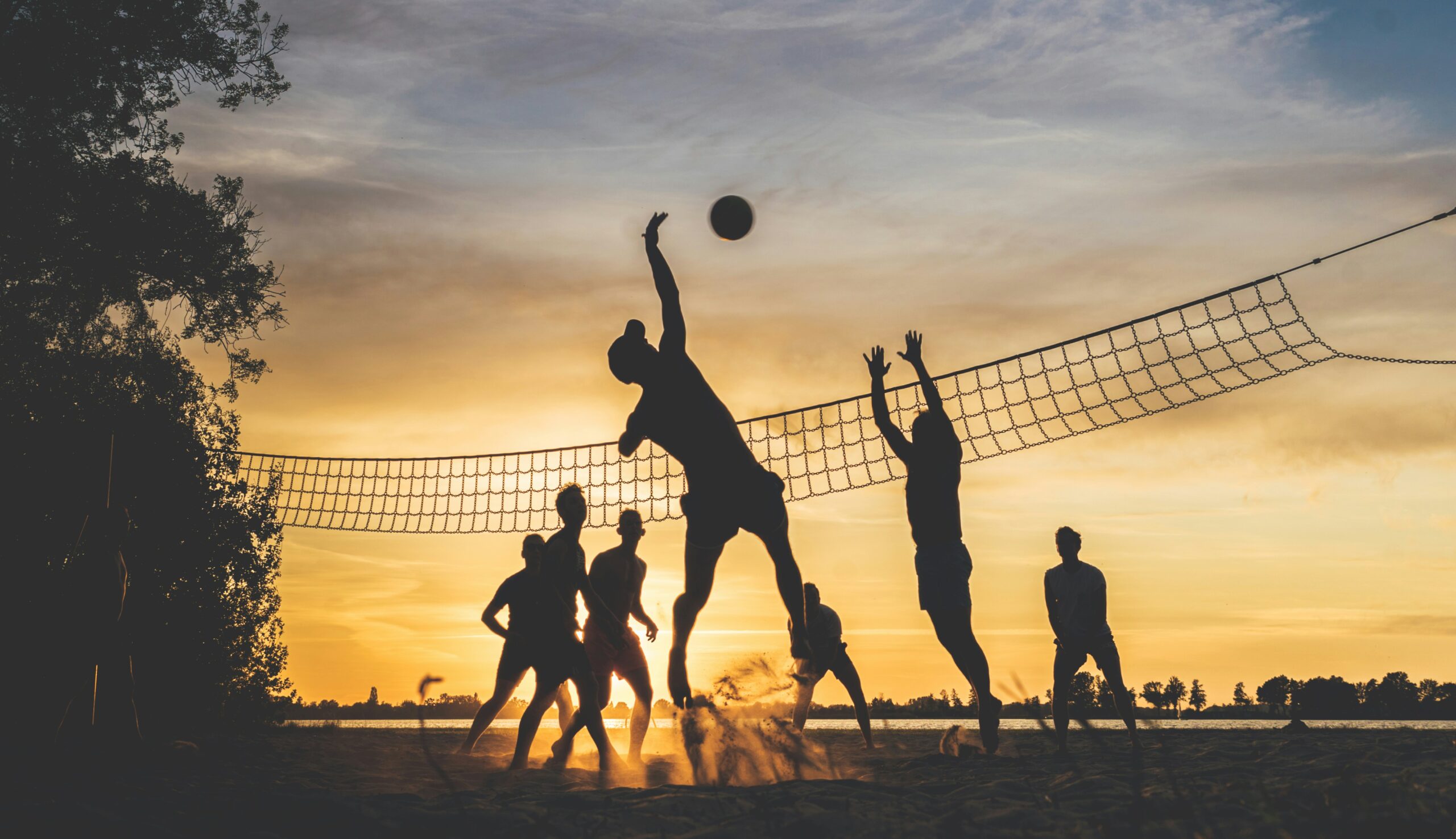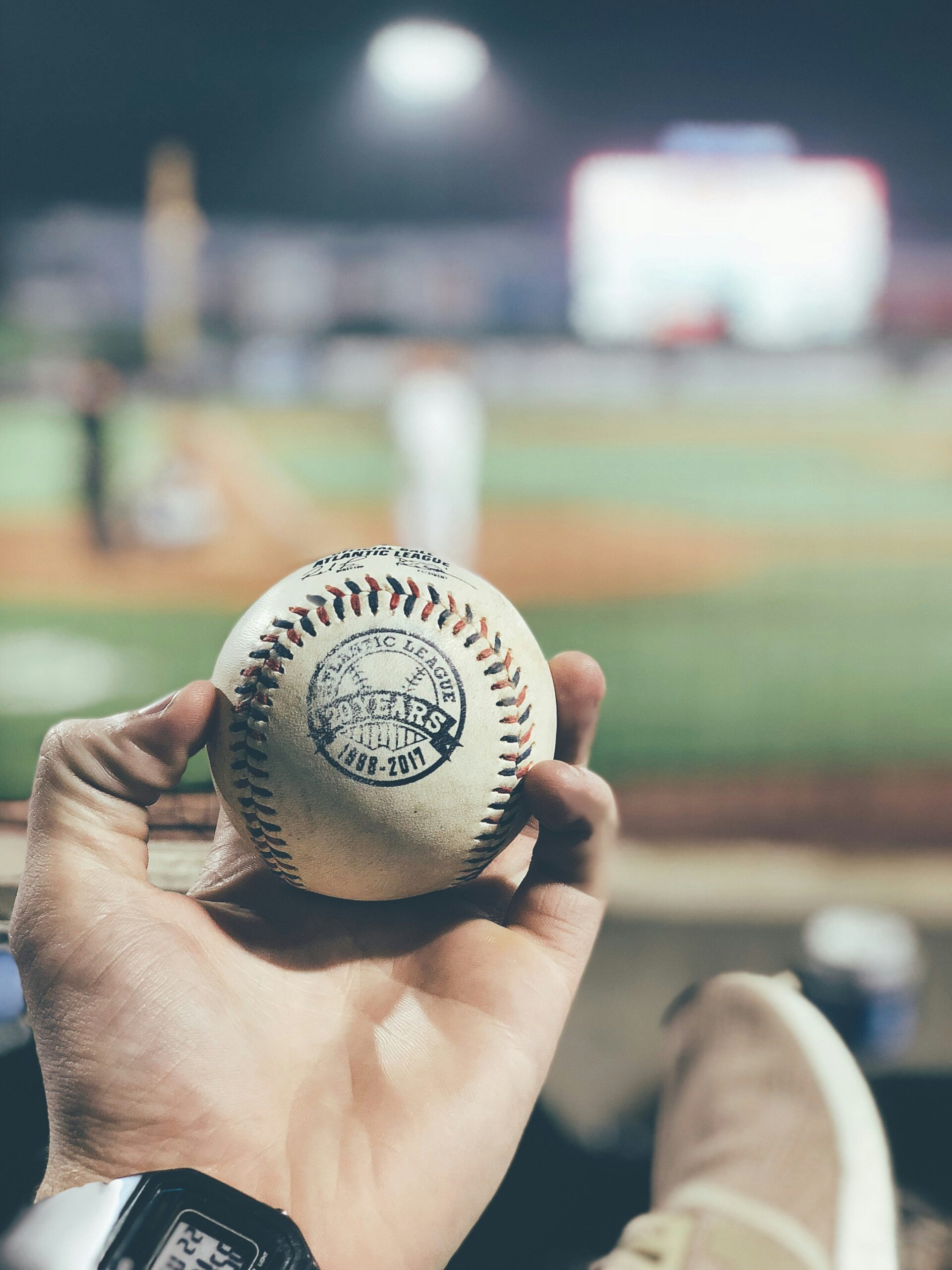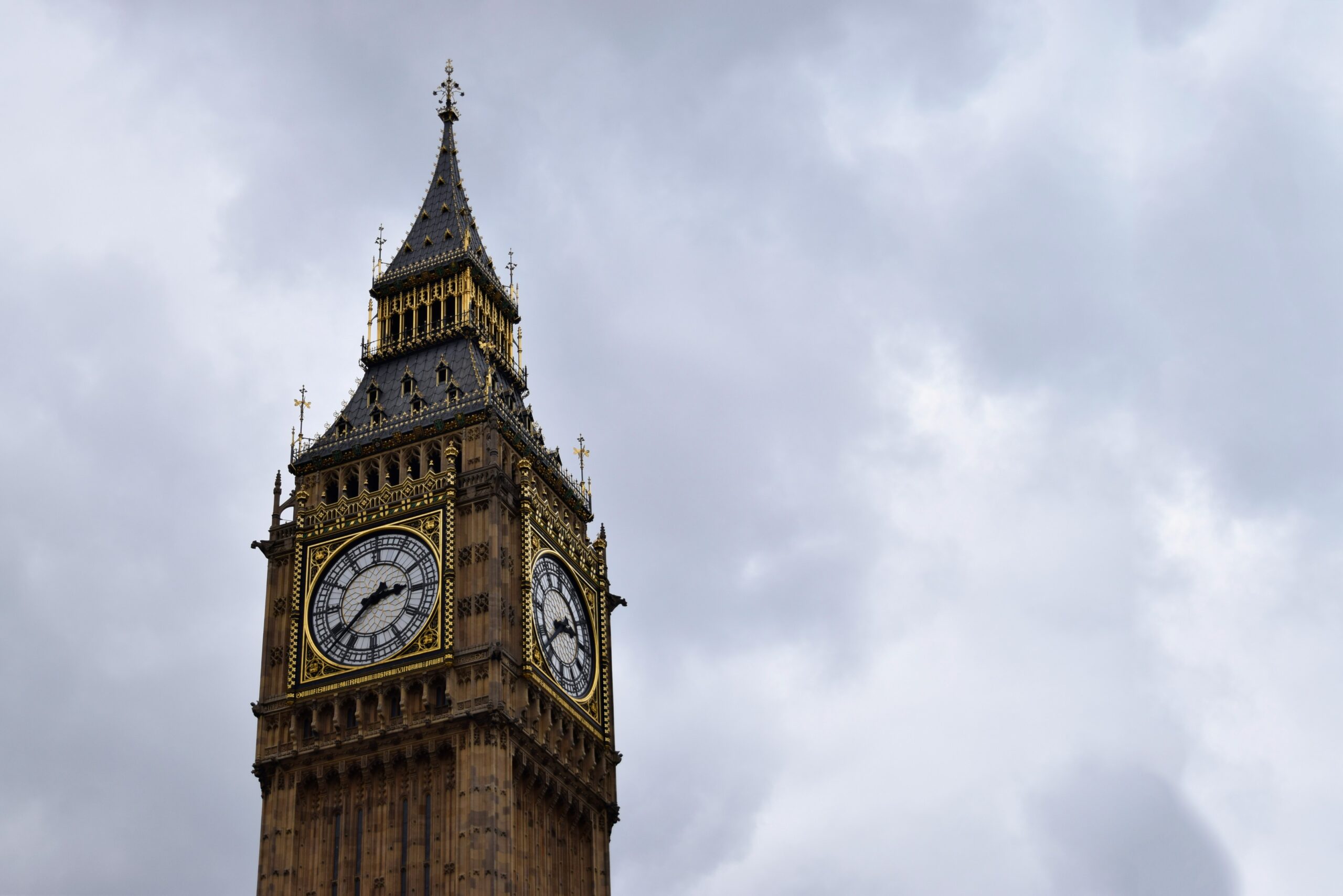Iconic Rivalries: The Story Behind Sports’ Most Fierce Competitions
There’s something electric about rivalries in sports, isn’t there? I mean, just think about it. You’re sitting in a packed stadium, the air thick with anticipation, and all around you, fans are decked out in their team colors, faces painted, voices hoarse from shouting. It’s a spectacle, a drama, a soap opera that unfolds in real-time. I remember once going to a local football game, and it felt less like a sporting event and more like a gladiatorial contest. The tension was palpable; you could cut it with a knife. And why? Because of a rivalry that had been simmering for years. Today, let’s dive into some of the most iconic sports rivalries, the stories behind them, and why they have captivated fans across generations.
The Birth of Rivalries
Rivalries often start small, a spark ignited by chance encounters or a single game. Maybe two teams have a history of closely contested matches, or perhaps a particular player has a knack for getting under the skin of another. One of the most famous examples is the Boston Red Sox and New York Yankees. Their rivalry is steeped in history, dating back to the early 20th century. It all began when the Red Sox sold Babe Ruth to the Yankees in 1919, a decision that would haunt Boston fans for decades (and hey, if you’re a Red Sox fan, you might still have nightmares about it!). This rivalry isn’t just about baseball; it’s about pride, legacy, and, let’s face it, a whole lot of heartbreak.
The Magic of the Match-Up
When two rivals face each other, it’s more than just a game. I’ve often found myself glued to the screen during these match-ups, as if I were watching a Shakespearean play unfold. Take the fierce competition between the Lakers and the Celtics. With a combined 34 championships between them, every time they meet, it feels like the stakes couldn’t be higher. The players are not just battling for points; they’re fighting for the bragging rights that come with such a storied history. I mean, can you imagine the conversations at the water cooler the next day?
Every moment is amplified—each point scored, each foul, each missed opportunity. And the fans? They are the lifeblood of the rivalry. They carry the weight of every past defeat, every bitter memory. I once heard someone say that being a Lakers fan is like being in a toxic relationship—you love them so much, but they break your heart time and again. It’s that kind of passionate commitment that keeps the fire alive.
Beyond the Field: Cultural Impacts
What’s fascinating about these rivalries is how they extend beyond the game itself. They become part of the local culture, shaping identities and communities. Think about it: being a fan is more than just cheering for a team; it’s about belonging to something bigger than yourself. In cities like Chicago, the rivalry between the Cubs and the White Sox isn’t just a battle for the best baseball team; it’s a rivalry that divides neighborhoods, families, and friendships. I’ve seen friends who were once inseparable become mere acquaintances during baseball season because their loyalties lie with different teams.
Rivalries in Other Sports
And it’s not just baseball. In basketball, the rivalry between Duke and North Carolina is legendary. The players, the coaches, the fans—they all feel the weight of every game, every shot, and every buzzer-beater. The intensity is palpable, and the atmosphere in the arena is electric. The two teams are separated by mere miles, but the divide in spirit is colossal. Being at a game between these two is like attending a family reunion where everyone’s decided to wear their worst outfits just to annoy each other.
Football has its share of iconic rivalries too. The Ohio State-Michigan match-up is one that college football fans look forward to every year. It’s not just a game; it’s a tradition. I mean, they even have a trophy, The Paul Bunyan Trophy, which just sounds like something out of a folklore tale! But the stakes are real—bragging rights, recruitment advantages, and, of course, the fervent loyalty of fans.
The Players Behind the Rivalries
Of course, we can’t forget about the players that make these rivalries what they are. Players like Larry Bird and Magic Johnson in basketball, or the legendary duels between Roger Federer and Rafael Nadal in tennis. Their clashes have transcended the sport, drawing in casual fans along with die-hard supporters. I remember watching the Federer-Nadal matches, holding my breath with each serve. It was like watching a masterclass in talent with a side of drama that left you feeling emotionally drained by the end. Their rivalry wasn’t just about winning; it was about respect, passion, and a mutual admiration that shone through, even amidst the competition.
Modern Rivalries and Social Media
And now, in the age of social media, rivalries have taken on a new life. Tweets and posts can ignite tensions and create a buzz that wasn’t possible before. Players can engage with fans directly, adding fuel to the fire. Just look at the back-and-forth banter between players on Twitter! It’s like watching a sitcom unfold in real-time, and honestly, I can’t get enough of it. I mean, who doesn’t love a little drama? It makes every game feel more significant, more personal. When a player throws a shade at their rival online, it’s like a countdown to the next match, and we all want a front-row seat to that showdown.
Some Iconic Rivalries to Remember
Alright, let’s get into some specific rivalries that have defined sports over the years. The list is long, but I’ll try to keep it interesting!
As I mentioned earlier, the rivalry between the Boston Red Sox and New York Yankees is as classic as it gets. It’s not just a competition; it’s a saga filled with heartbreak, redemption, and a lot of hot dogs consumed in the stands. The Curse of the Bambino (which essentially cursed the Sox for 86 years after they sold Babe Ruth) is a narrative that every fan knows. But the Red Sox finally broke that curse in 2004, leading to a level of celebration in Boston that could be compared to a national holiday. The sheer joy of that moment is something I think every sports fan can appreciate, regardless of their team loyalties.
Then there’s the El Clásico between FC Barcelona and Real Madrid. This is where soccer meets politics, history, and culture. It’s not just about who can score more goals; it’s about regional pride and identity. I watched one El Clásico match, and I could hardly believe the intensity. The chanting, the flags, the emotions—it was like a cultural event. Every kick of the ball felt like it was worth a thousand words, and it’s hard not to get swept up in the passion of it all.
And how can we forget about the Green Bay Packers and Chicago Bears? This is football’s oldest rivalry, and it’s one that has stood the test of time. The games are often filled with grit and determination, and the players know the significance of wearing those jerseys. I mean, just think about the history here—these teams have been battling it out since 1921! Every time they meet, it’s as if the ghosts of players past are watching and critiquing from the sidelines.
In boxing, the rivalry between Muhammad Ali and Joe Frazier was monumental. Their three fights were not just matches; they were epic battles that showcased the heights of human endurance and spirit. The drama surrounding these fights—especially the “Fight of the Century” in 1971—captivated audiences worldwide. And watching those bouts, it’s hard not to feel the weight of history pressing down on every punch thrown. I mean, the emotions were so raw that even watching the replays today gives me goosebumps.
Why Do We Love Rivalries?
So, what is it about rivalries that we love so much? I’ve thought about this a lot. Maybe it’s the drama, the unpredictability, or simply the idea of competition itself. We enjoy watching the underdogs rise, the favorites fall, and the sheer unpredictability of it all. Rivalries remind us of our own struggles, our victories, and the battles we face in our everyday lives. There’s something deeply human about rooting for a team, feeling the highs and lows right along with them. It’s cathartic, really. And in a world that can often feel chaotic, having a passionate outlet like sports can be a blessing. It’s a reminder that, at the end of the day, we’re all in this together, cheering for something (or someone) we believe in.
Conclusion: The Enduring Legacy of Rivalries
As we’ve explored today, the stories behind sports rivalries are rich and varied. They are a testament to human passion, commitment, and the age-old desire to compete. Whether it’s the Red Sox and Yankees, or basketball’s Duke and North Carolina, these rivalries fuel our love for sports. They give us something to talk about, something to believe in, and sometimes, a reason to argue (in a friendly way, of course!).
So the next time you find yourself at a game or watching from your couch, remember—you’re not just witnessing a competition; you’re part of a larger story that has been unfolding for generations. And who knows? Maybe one day, you’ll tell your kids about that time you watched your team face their biggest rival and the thrill of each second that ticked away. That’s the magic of sports, and that’s the enduring legacy of rivalries.
(And hey, if you have a favorite rivalry, I’d love to hear about it in the comments! Let’s keep the conversation going.)







